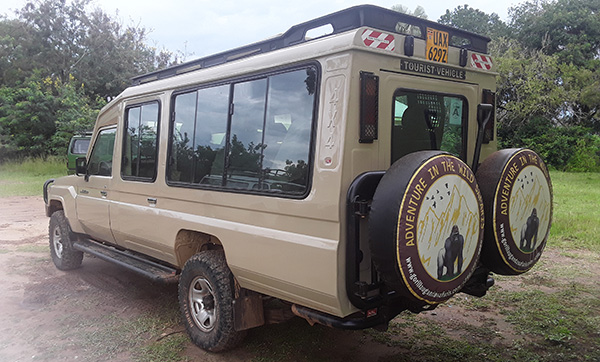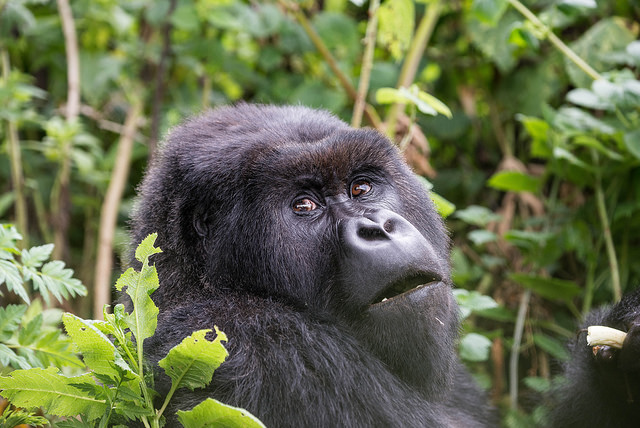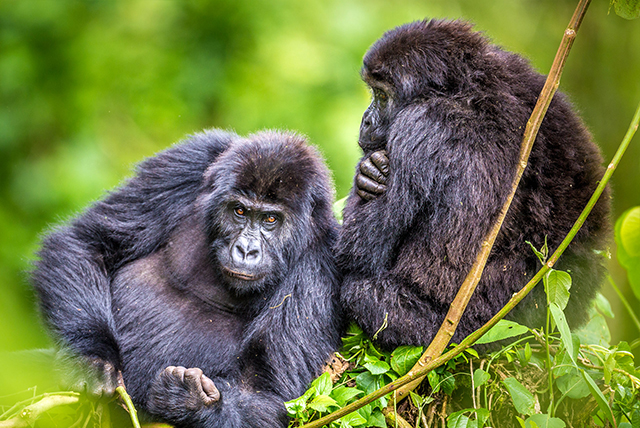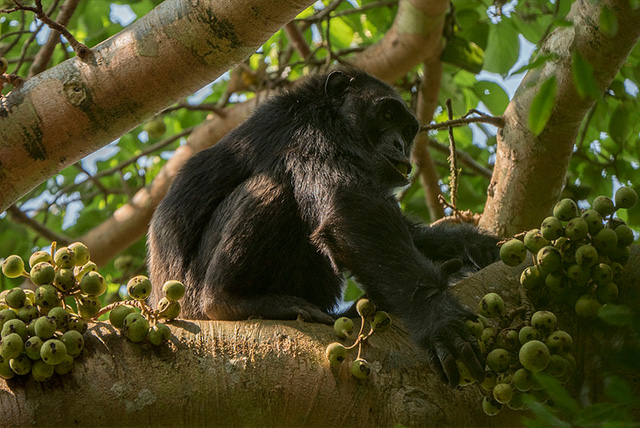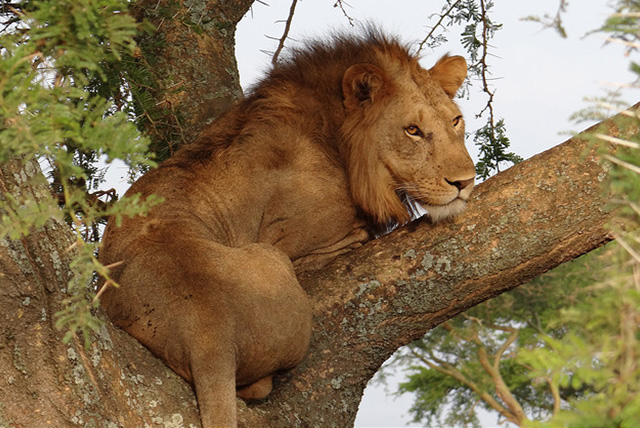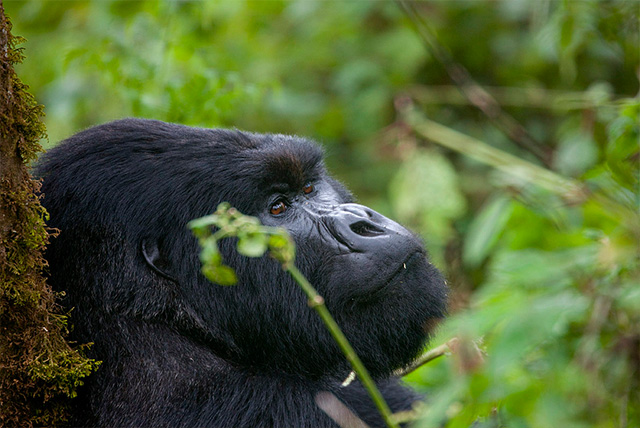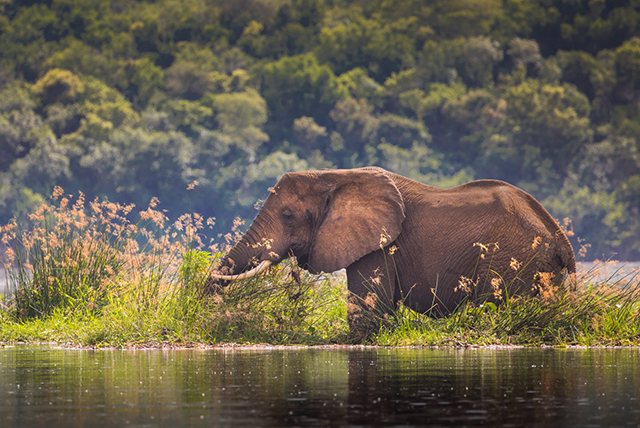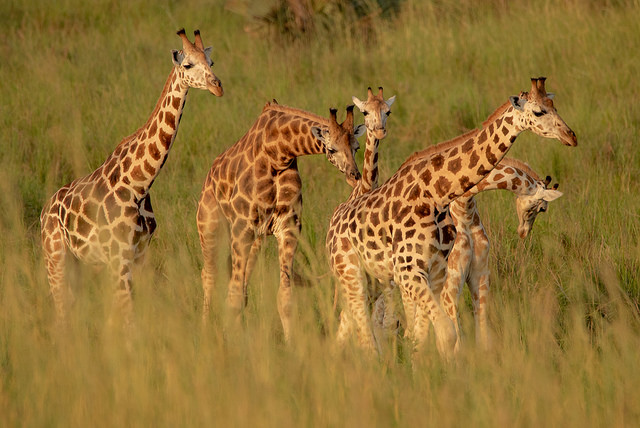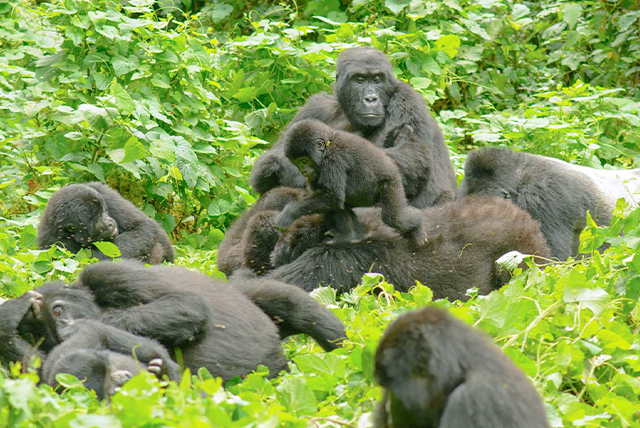Month-by-Month Botswana Safari Guide
Botswana presents incredible safari experiences throughout the entire year. While the country basks in an impressive 300 days of sunshine annually, those gearing up for a Botswana safari should pay attention to the monthly shifts in weather and how these influence the diverse wildlife found within its borders. For instance, the rains can set off the zebra migration, making it crucial to grasp the seasonal dynamics of Botswana to align your game-viewing expectations.
What’s the ideal time to embark on a safari in Botswana? Well, that really hinges on your interests and what experiences you are seeking. In this month-by-month Botswana safari guide, we explore the ultimate experiences to assist you in deciding the perfect time for your Botswana adventure:
Winter months
January and February
These two months come together for a straightforward reason: they bring a touch of moisture. Rumbling afternoon showers drench the countryside, as the wildlife either seeks refuge in dense foliage or ventures into the wild, untamed expanses. It’s also warm and fairly muggy, though not in a tropical way.
Even so, a safari in Botswana during the ‘Green Season’ can offer remarkable opportunities for spotting wildlife and observing a variety of birds. Numerous antelope are bringing new life into the world, providing ample opportunities for predators! Migrations are bustling, and the bird watching is extraordinary as travelers from the northern hemisphere arrive to indulge in the abundance.
The Annual Zebra Migration in Botswana
Vast groups of striped equines roam the floodplains near the Chobe River throughout Botswana’s dry season (approximately July to October). The annual rains begin in November or December, prompting the zebras to journey to the Nxai Pan area, where they will stay until around February. This migration, recognized as the longest terrestrial wildlife journey in Africa, has only come to light in recent years due to the challenging inaccessibility of many regions it traverses.
Venture into Botswana’s Kalahari parks – the Central Kalahari, Nxai Pan, and Makgadikgadi Pans – where the summer rains have dramatically altered this semi-desert landscape into a lush haven for migrating zebra, elephant, and buffalo.
March HyenaPanTentedCamp – Exterior – Aerial View
As the rains begin to subside, the excitement of game viewing reaches its mid-year peak, with animals making their way back to the more accessible dry-season areas. The lush greenery remains abundant, and while the temperatures are elevated, they are not as scorching as they were earlier in the year. However, with water abundant all around, March becomes a prime time for mosquitoes and bugs to thrive. Certainly, March and April bring an elevated risk of malaria, particularly in the Chobe River / Zambezi region. Always talk to your travel clinic about the potential dangers – they tend to be greatest in villages where local communities reside.
The Kalahari region beckons in March, offering a unique experience. While some reserves may be unpredictable, remember that this is Botswana, where wildlife is always a thrilling presence!
Springtime
Springtime
May in Botswana offers exceptional safari experiences, showcasing the beauty of the wild like never before. Prepare for the occasional afternoon shower, yet the majority of days will bask in warmth while the nights bring a refreshing coolness as the rain takes a break for the next four months. The landscape remains vibrant, yet the seasonal waterholes are quickly vanishing, prompting animals to journey to enduring water sources such as the Chobe River, Okavango Delta, and Moremi Game Reserve.
At this thrilling moment, right before the peak season, it is an excellent opportunity to embark on a safari in Botswana. You’ll experience all the iconic spots, but with a more tranquil atmosphere and fewer fellow travelers around you in the coming months. The experience of observing wildlife can be just as thrilling as the peak moments, and you have the chance to significantly reduce your lodging expenses.
Summer months
Behind Botswana’s pristine blue winter skies lies an unexpected twist: it’s chilly. To be fair, it’s not Siberia, and by lunchtime, you’ll likely find yourself in shorts and a T-shirt, pondering what all the excitement was for. However, as the sun sets, temperatures can plunge, leaving you bundled in blankets during those exhilarating early morning game drives. The weather is perfect, with hardly any mosquitoes, and the wildlife experience is truly remarkable. This is an exciting and sought-after time for a Botswana safari, so be sure to book your accommodation about a year ahead of time.
As the floodwaters rise from June to August, the Okavango Delta expands to three times its usual size, creating an extraordinary spectacle. A vibrant array of wildlife thrives here; elephants, buffalo, cheetahs, leopards, both white and black rhinos, African wild dogs, and lions coexist in harmony, creating a breathtaking scene. Regarded as one of Africa’s premier spots for water-based adventures, exploring the wildlife from a mokoro (traditional canoe) or during boating excursions offers an unparalleled experience.
Destination Ideas: August August Sanctuary_Baines_Morkoro
As the warmth rises, so too do the crowds, alongside the thriving populations of wildlife. The ultimate time for spotting wildlife has come. The sparse vegetation reveals the landscape, seasonal waterholes lie dry, and massive herds of antelope, elephants, and buffalo gather at the rivers and permanent waterholes, while Botswana’s formidable predators watch closely from the shadows.
Set your sights on the Chobe River and Savuti areas of Chobe National Park; explore the Linyanti, Kwando, and Selinda private reserves; and venture into the Okavango Delta – particularly along the dry-land edges of the Moremi Game Reserve.
September and October
September / October
Even though it is the tail end of Botswana’s cool dry winter, September and October bring some of the year’s hottest weather along with the chance of an occasional thunderstorm. It’s the quintessential dry-season scene: parched and bare terrains, sweltering days and warm, humid nights, all under a dazzling sun.
Is it time to embark on a new journey? Quite the opposite. If you can embrace the intensity, you’ll be treated to wildlife experiences that stand out as some of the finest on the continent. A multitude of animals, accompanied by their ever-watchful predators, gather around scarce water and grazing spots. Imagine witnessing extraordinary moments, such as a massive herd of elephants, numbering in the hundreds, making their way across the Chobe River just before your eyes from your boat.
Late autumn / early winter
As November draws to a close, the sweltering heat starts to ease, giving way to the refreshing arrival of the first rains of the wet season. This is an exciting time to witness the arrival of newborn calves and cubs, admire stunning migratory birds, and enjoy the vibrant green landscapes. November and December are months of change, offering a unique blend of cooler temperatures compared to October, yet lacking the heavy rains typical of January and February. There is also the thrill of discovering fantastic low season rates.

